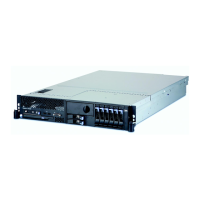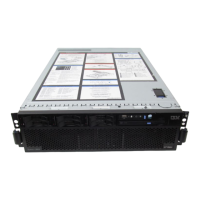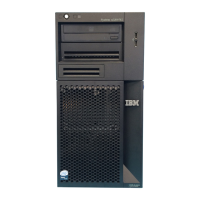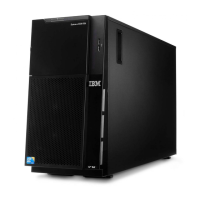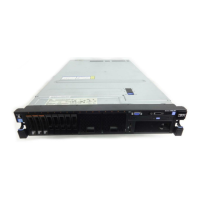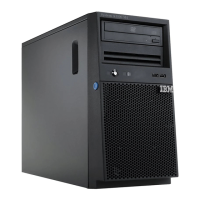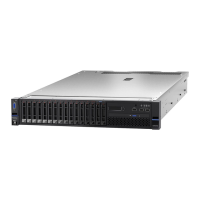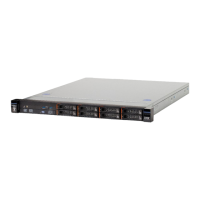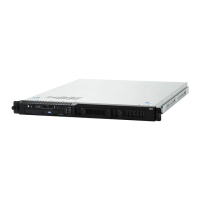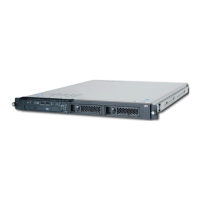Ouiesc:e
Mode: A mode
of
operation
that
requires
the
foreground partition
to
be
stopped
by
the
operator.
The
operator does this
on
the
console by issuing
the
PAUSE
EOJ
and
STOP commands when requested by
Ol
TEP.
aT
AM Trace: A program
that
records certain supervisor and
110
activities on
tape
or
in
core·wrap mode.
r
reader:
1.
A device
that
converts information in one form
of
storage
to
information
in
another
form
of
storage.
2.
A part
of
the
scheduler
that
reads an
input
stream
into
the
system.
ready
condition:
The
condition
of
a task
that
is
ready
to
be performed
by
the
central
processing unit.
real address: In VS, the address
of
a location
in
real storage.
real address area: The area
of
virtual storage where virtual addresses are equal
to
real
addresses.
real
mode:
In
DOS/vS,
the
mode of a program
that
may
not
be paged.
real storage:
The
storage
of
a
System/370
computing system from which the central
processing unit can directly obtain instructions and data, and
to
which it can directly
return results.
Synonymous
with processor storage.
real
partition:
In DOS/VS, a division
of
the
real address area
of
virtual storage
that
may
be
allocated for programs
that
are
not
to
be paged,
or
programs
that
contai~
pages
that
are
to
be fixed.
nICOrd: A
unit
of
data.
I1IC<MIfY
management
support:
The facilities
that
gather information
about
hardware
reliability and allow
retry
of operations
that
fail because
of
CPU, 1/0 device,
or
channel errors. Abbreviated
to
RMS.
reenterable: The attribute
of
a set
of
code
that
allowco
thf?'
~!'!'!e
o:cpy
cf
the
xt
v
f
code
to
be
used concurrently by
two
or
more tasks.
reliability
data
extractor
(ROE): A function
that
provides hardware reliability
data
that
is
analyzed by
IBM.
reIocatabie library: A library
of
relocatable object modules and lOGS modules required
by
various compilers. It allows
the
user to keep frequently used modules available for
combination
with
other
modules without recompilation.
resource:
Any
facility
of
the
computing system
or
operating system required by a job
or
task, and including main storage,
input/output
devices,
the
central processing unit,
data files,
and
control and processing programs.
resource manager: Any control program routine responsible for
the
handling
of
a
resource.
* routine: An ordered set
of
instructions
that
may have some general
or
frequent use.
s
scheduler: (See master scheduler and job scheduler.)
Second
level
Directory
(SlD):
The table, located
in
the
Supervisor and containing the
highest phase-names found
on
the
corresponding directory tracks
of
the
system core
image.
secondary storage: Auxiliary storage.
_k:
Position
the
access mechanism
of
a
direct-access
device
at
a specified location.
segment: A
continuous
64K area
of
virtual storage, which
is
allocated
to
a job
or
system task.
Page
7·10

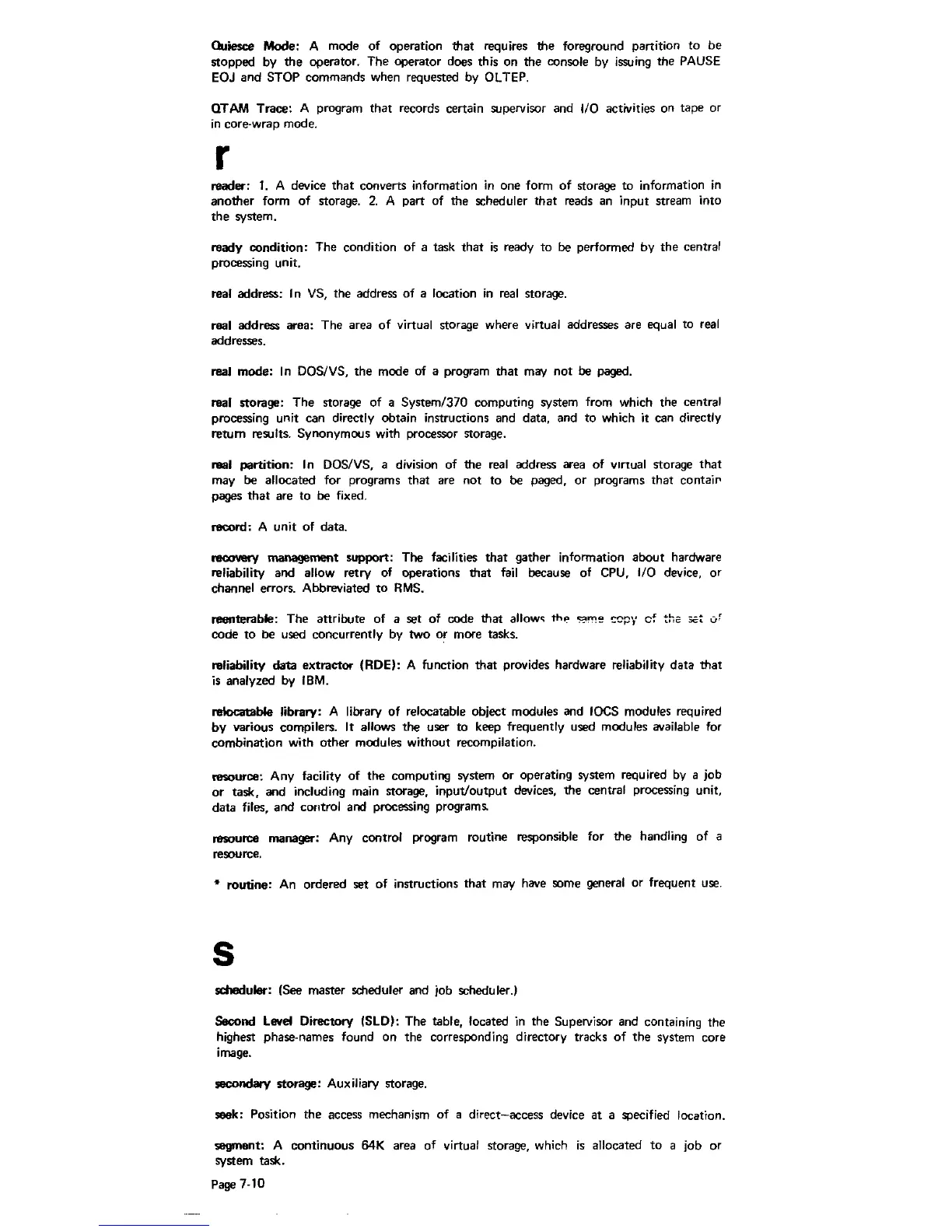